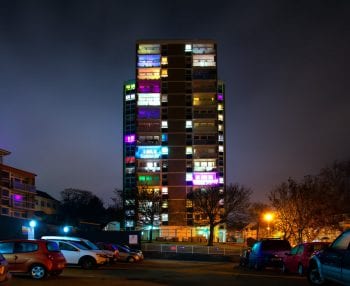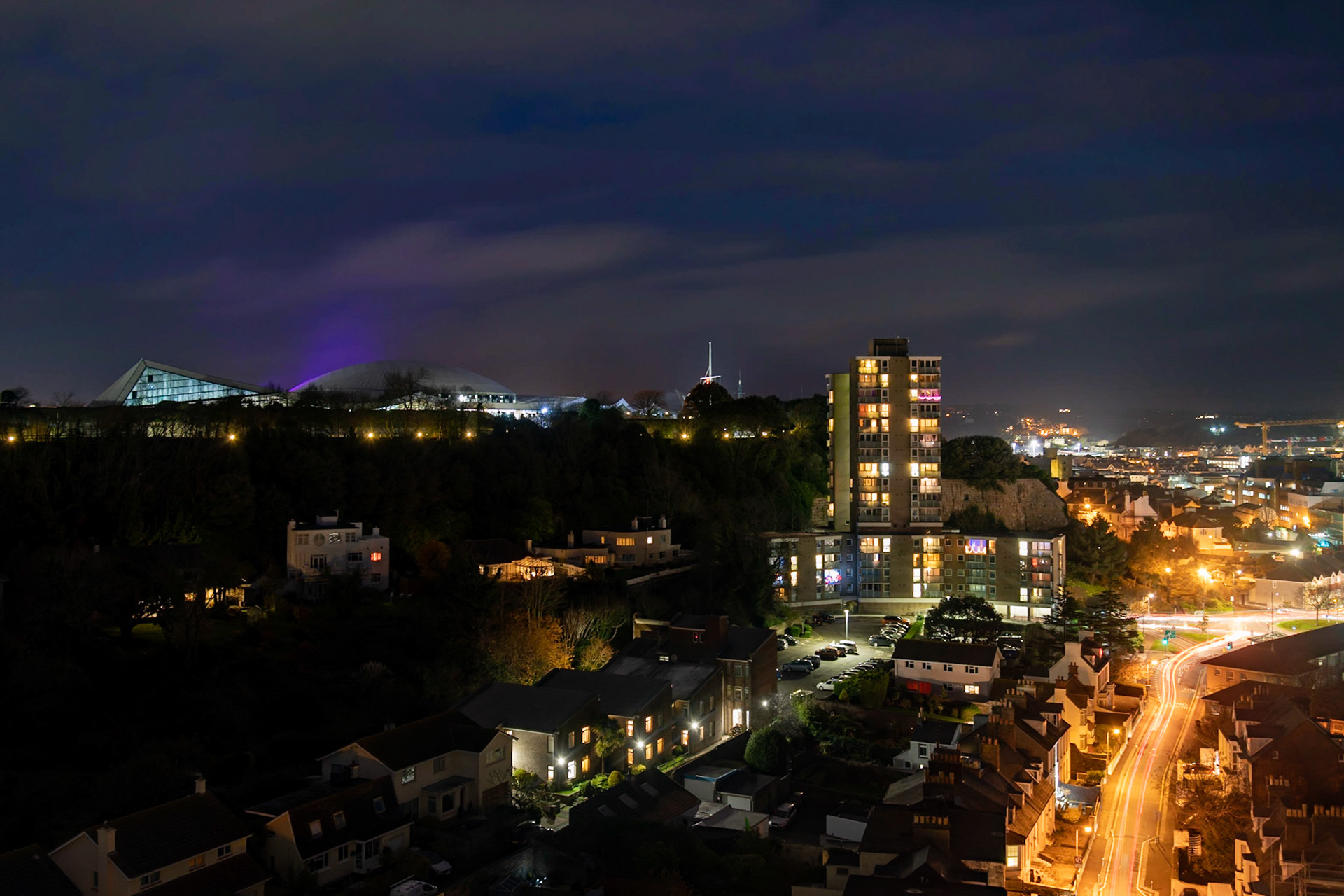Will Lakeman

Will Lakeman is a Jersey-born photographer who focuses on landscape photography. Lakeman attended the University of East Anglia, the University of California Los Angeles, and the University of Sussex. He achieved degrees in American Studies and literature, but his main focus was on digital media, ethnomusicology and online culture. Lakeman has had his work displayed at the Private and Public Gallery, CCA Galleries International, Arthouse Jersey and was awarded the Summer Prize 2021 in the CCA Galleries International Summer Exhibition. Will Lakeman is heavily inspired by cinema and science fiction, which is why his work often contains vibrant colours and almost alien-like symbolism. Lakeman also recently began to experiment with artificial intelligence in his work to produce new imagery.
https://lakemanphoto.com/about-me
Analysis of Will Lakeman’s Work

Will Lakeman’s interests lie in exploring a different side to everyday life, whilst incorporating his passions of science fiction and artificial intelligence to alter his work. This image from his ‘Social Housing’ collection represents this idea well, as the moving light creates a sense of a sort of utopian future from a science-fiction scene. This collection in particular depicts Jersey’s social housing buildings and apartments.
The lighting in this photograph is predominantly artificial, and consists of multiple colours and multiple levels of brightness. The brightest section of the image can be seen in the bottom and middle right of the image. This light has been created through the use of a slow shutter speed, in order to capture the movement and direction of the light. With the image being taken at night, the artificial light creates a harsh contrast against the natural darkness. Shadows cannot be seen due to the time of day, however the middle-ground towards the left of the image is substantially darker. Despite the lac of strength of the moonlight, it falls on the front of some buildings, making them slightly more visible to the viewer.
There is apparent leading lines in the bottom right of the, which are thin and curved. They direct the eyes of the viewer towards the artificially highlighted area of the image. They convey the direction and movement of the light, which influences the direction and movement of the viewers eyes. These lines also juxtapose the darker sections either side of them.
Although there is no sense of repetition within this photograph, there is a sense of echo and reflection in the light in the image. For example, the light in the leading lines create an echoing and almost ghostly affect. Also, the sense of reflection can be seen in the light being reflected into the sky.
There is a mixture of geometric and organic shapes in this image. The geometric shapes of the photograph are seen primarily in the midground and foreground of the image, these consist of the artificially constructed, straight-lined buildings. These shapes contrast the organic shapes that are featured in the top third of the photograph, with that being the natural clouds in the sky.
There is a strong sense of depth in this photograph, as the buildings closer to the background start to become out of focus, which contrast against the buildings towards the foreground that are in focus. The space within the image is mostly positive, which the chaotic lighting and closely-spaced buildings. However there is negative space in the sky and in between the buildings and where the image is darkest.
There is no sense of texture within the photograph as the focus of the image is to display the juxtaposition of light and dark rather than surfaces and textures.
Overall, the tones of the images are dark, how light tones are represented with the use of artificial lighting of cars, housing, and street lighting. The darkest tones of the image are seen in the middle and bottom third of the image, and towards the left. The lighter tones in the image can be found predominantly towards the right, middle and bottom thirds of the photograph. The image leans more towards darkness, which reflects a gloomy and enigmatic atmosphere.
The dominant colours in this photograph are black and deep, navy blue. However, there is miniature segments of colour that can be seen through the windows of the apartments, as well as the yellow-toned artificial light from the cars and street lights. The colours of the image allow the viewer to understand the contrast between dark and light, as well as allowing the light created by the slow shutter speed to be accentuated. I feel as thought the image would not have the same level of contrast if the image were to be in black and white, and the contrast would simply rely of contrast between shadow and light rather than the juxtaposition of colour and artificial light over natural light.
The composition of the image follows the rules of thirds, in the sense that the positive space is largely featured in the bottom and middle third, and the negative space filling the top third. Due to the positive space being concentrated into the middle and bottom third, the image can be considered as unbalanced. The focal point of the image is the movement of the light in the bottom right of the image, which creates the leading lines for the viewer.
